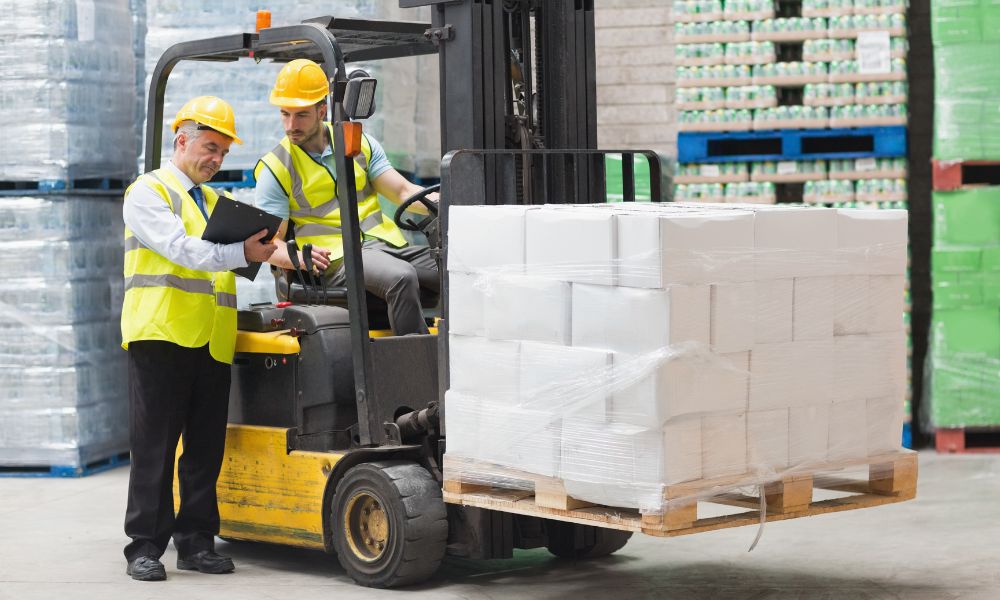
To become a forklift operator, you must pass an OSHA-approved training program that consists of coursework and practical training. Follow these five steps to become a warehouse forklift operator.
1. Sign Up for the Right Certification Course
Becoming a forklift operator starts with signing up for the right certification course. You’ll need to be at least 18 years old to become an operator. OSHA categorizes forklifts into seven classes, and the course you sign up for depends on the machine you will operate in the warehouse.
- Class 1: Electric motor, sit-down rider
- Class 2: Electric motor, narrow aisle
- Class 3: Electric motor, hand trucks or hand/rider trucks
- Class 4: Internal combustion engine trucks with solid tires
- Class 5: Internal combustion engine trucks with pneumatic tires
- Class 6: Electric and internal combustion engine tractors
- Class 7: Rough terrain forklifts
2. Complete the Training Coursework
One of the first steps in your training for becoming a warehouse forklift operator is completing coursework. This portion of training uses a classroom-style teaching method. In six to eight hours of class time, you’ll learn about safety, OSHA regulations, driving techniques, and how to maintain the forklift. Completing the coursework is key to safely operating forklifts in a warehouse.
3. Pass the Training Exam
After going over the lectures, videos, or written materials in your training class, you’ll need to take an exam to show you’ve mastered the material. Typically, you’ll need to score at least 75 percent to pass the class. If you score lower, you cannot continue to the next level of training.
4. Participate in Hands-On Training
While the classwork provides the foundation for your understanding of forklift operations, you’ll need to complete the second half of training, hands-on operations, before receiving your certificate. During hands-on training, you’ll demonstrate your skills regarding forklift inspections, loading, lifting loads, maneuvering through small spaces, and going up and down inclines. Your trainer, who might be your employer, will evaluate your skills.
5. Pass the Final Evaluation
Finally, you will receive your complete evaluation comprised of your class exam score and your score from driving and handling the forklift. If you receive a satisfactory score, you will receive your certification to operate the specified class of forklifts.






